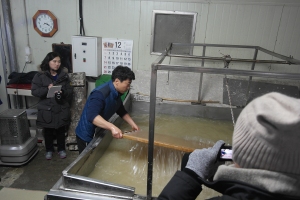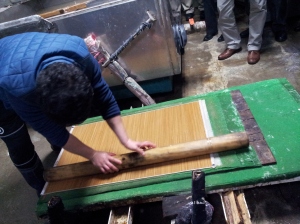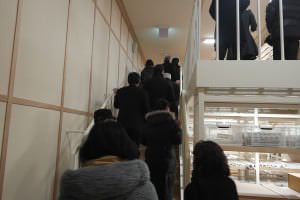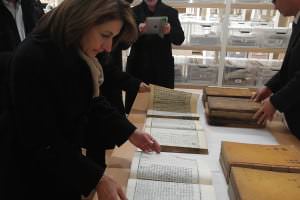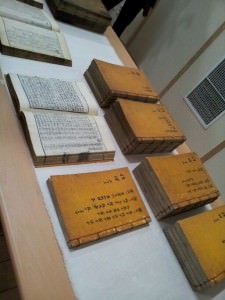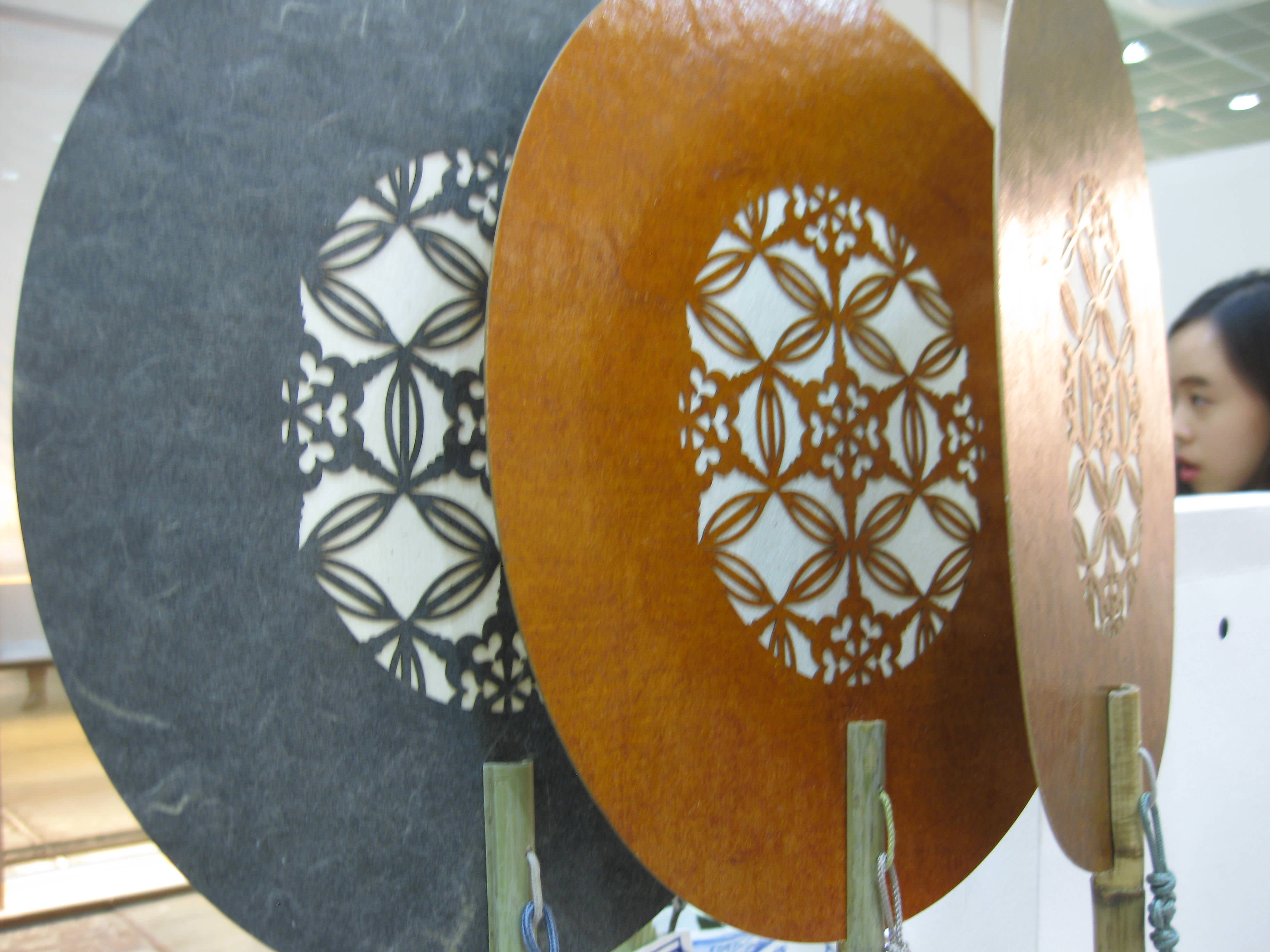Without a doubt Koreans are passionate about their kimchi and have successfully shown the rest of the world what they’re boasting about. After attending a hanji-Korean paper- symposium entitled ” A Thousand Years Old Hanji, Meets the World” , I have no doubt hanji too will soon be rolling off everyone’s tongue! 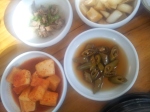
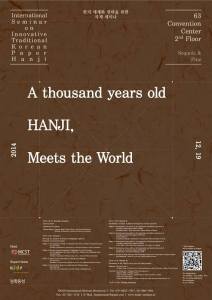
Hanji is one of the finest papers in the world and certainly has many die-hard fans. It is, however, still less known in the global market compared to other Asian papers, i.e. Japanese (washi), Thai, or even Indian cotton papers.
SO WHAT ARE SOME OF THE UNIQUE QUALITIES OF TRADITIONAL HANJI?
webal -style sheet formation, no top locking screen, side to side dip, each sheet is double-couched in 2 opposite vertical directions, log rolled over couched sheet to elimate air bubbles and possibly helping release pulp from bamboo screen, and dochim: burnishing or hammering process which flattens, increases the density of paper.
Most of the attendees from foreign countries were book and paper conservators from places like the Tate Gallery in London, the Library of Congress in Washington, DC, and several other world-renowned institutions. In fact, the focus of the conference was the case for hanji to be used in repair and conservation. Once the special features of traditionally-made hanji were established over a few days, the conservators could better speculate in what particular repair applications hanji would be the right fit. The visit to observe actual papermaking, was one step towards understanding the material at hand and how it may behave with other materials. It was a rare occasion for conservators and papermakers to be sharing each others’ daily jobs, but quite key for mutual of understanding between users and makers.
For me, this emphasized the need for paper vendors like Paper Connection, as we are really “interpreters” of so many hundreds of paper needs and applications. At Paper Connection we feel it is our role to chronically disseminate and convey information into a paper vocabulary which the maker or manufacturer can relate to.
Thanks to the prestigous members of the group, we had the privilege of being invited to a special viewing of the archives of Chonbuk National University, (one of the largest collection of antiquities in Korea); what incredible facilities.
Two of my favorite book authors were part of my group: Ms. Aimee Lee and Mr. Nick Basbanes.
As you can imagine, the uses for hanji are endless, also true for almost any other well-made paper.
Of course, Paper Connection is honored to carry hanji, both in an array of wonderful colors and neutral tones. Our hanji line is becoming quite popular, and now available here. In 2015, we will be stocking a thicker (96 gsm) hanji for printmaking or for backing, and a new thinner paper for basket cording. Check back here often!
We were very lucky guests of the mayor of Jeonju,  where we were treated to feasts and traditional pansori music performance. Jeonju is considered the home of hanji and famous for the old-style architecture maintained in Hanok Village,
where we were treated to feasts and traditional pansori music performance. Jeonju is considered the home of hanji and famous for the old-style architecture maintained in Hanok Village,  of course, bibimbap, (rice bowl with meat), and the best pansori singer in the land.
of course, bibimbap, (rice bowl with meat), and the best pansori singer in the land.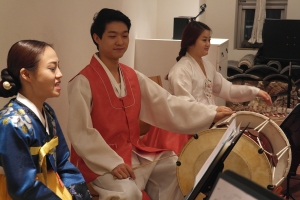
Many thanks again to The Korea Culture & Design Foundation for inviting me to the symposium. It was a great opportunity for me to learn more about hanji and its culture, its applications in conservation, and Korea, of course. A very special thanks to Ms. Bo Kyung Kim of Fides International and hanji artist Ms. Aimee Lee.

Photographs provided by Paperwoman and KCDF.

